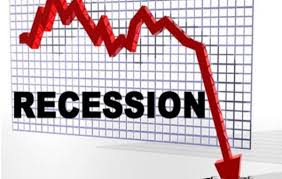First Quarter Update- Sunny update reveals some cracks
Jason Nixon, Treasury President and Minister of Finance Source: CTV News Edmonton
However, there were several dark clouds covering the sun in the first quarter numbers that merit a mention.
AIMCo has had another trying quarter like other investment managers
Investment income is down $2.9-billion “due entirely to negative Heritage Fund and endowment fund income as financial markets deteriorated. These market losses could be reversed although with interest rates rising bond prices will continue to fall.”
Hedging debt service costs hasn’t worked out very well
Even though debt is declining significantly, debt servicing costs are rising because of debt swap costs. This is unusual because with rates at historic lows one would want to protect against rising rates by entering interest rate ...




